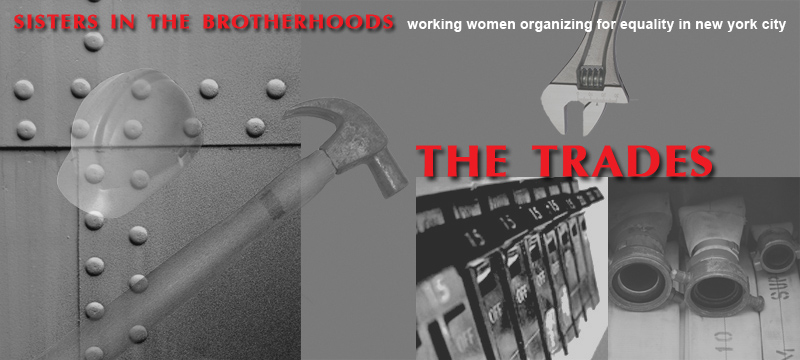 |
||||||
Stationary Engineer: Standing Her Ground Stationery engineers control and maintain heating, ventilation, and air-conditioning systems in large office buildings, schools, commercial facilities, and industrial plants. The equipment is similar to that operated by locomotive or marine engineers, but it is not used to power vehicles that move—thus the name “stationary” engineer. These systems include boilers, chillers, air-conditioning and refrigeration equipment, and a host of other mechanical systems. Stationary engineers work to ensure human safety, health, and comfort, but they also are responsible for a facility’s operating efficiency. The Port Authority (PA), Yvone Maitin’s employer, is an example of a complex system in which operating engineers play a critical role. The PA is a vast, quasi-public agency established in 1921 to plan, develop, and operate port terminals, transportation, and other facilities of commerce that involve New York and New Jersey. It operates interstate tunnels and bridges, a regional system of airports and heliports, marine terminals, and other transport facilities. As an apprentice Maitin joined Local 30, International Union of Operating Engineers (IUOE). Local 30 has a hybrid jurisdiction, a result of technological change. In its early days (chartered in 1896) the Operating Engineer’s Union was called the Union of Steam Engineers. Back then its members operated steam-driven construction equipment, much of it later displaced by other technologies—internal combustion engines, electric motors, hydraulic machinery, and refrigeration systems. In 1928 the union’s named was changed to the International Union of Operating Engineers. The IUOE has a long history as powerful, corrupt labor institution in New York City. In 2005 high-ranking officials of Local 14 and Local 14 were charged with taking bribes from contractors. Five Local 14 officials, including the local’s general manager, pleaded guilty in federal court. Local 30’s history is characterized by a very active insiders-outsiders ballgame. Small groups of insurgents repeatedly try to challenge its entrenched leadership. In response the leaders pass constitutional bylaws aimed at limiting their challengers’ ability to communicate with the membership. Periodically union officials place other punitive obstacles into the path of active members who seek elective office and who possibly might act to broaden democracy with the local. Fundamental reforms remain far outside the sight-range of most of the 2,800 dues- paying members of Local 30. Nevertheless, advocates for ethical labor unions and workers’ rights continue their uphill struggle. One example is the Workers’ Rights Project, created by the Association for Union Democracy (AUD) and the Latino Workers Center, to help union members whose unions are not representing them adequately, leaving them no other place to turn. Maitin was a volunteer worker for the project, which she also helped coordinate. | ||||||
| ||||||
| Copyright 2012 Jane LaTour/Talking History |
||||||